Bringing the Montessori Vibe Home: Simple Shifts for Purposeful Learning
- naturesmaterials
- Aug 4, 2025
- 3 min read
When my daughter was three and first started at a Montessori school, I remember walking into her classroom and being quietly stunned. It wasn’t flashy. It wasn’t loud. Everything was child-sized, peaceful, and intentional. I asked her guide (Montessori term for “teacher”) why there was only one of each lesson on the shelf. Her answer stuck with me:
“It teaches children grace and courtesy. They learn to wait their turn, respect others’ work, and care for shared materials. The environment teaches just as much as the adult.”
That was my first real lesson in the Montessori method—and it began with the space.
Whether or not you’re a Montessori-trained educator, there are small, powerful ways to bring a Montessori feeling into your home. And it doesn’t require a room makeover or pricey materials. The key is simplicity, accessibility, and intention.

5 Simple Ways to Bring a Montessori Feel to Your Home
1. Use Trays and Baskets to Define Activities
Montessori classrooms use trays to isolate and present activities neatly and attractively. At home, this might look like:
A tray with crayons, scissors, and paper
A basket with a puzzle or matching cards
A box with tools for caring for a plant
Why it matters: It helps children know where an activity begins and ends, encourages focus, and makes cleanup manageable.

2. Create Low, Accessible Shelving
Montessori environments are designed from the child’s perspective. Keep shelves:
Low to the ground
Uncluttered (3–5 items max per shelf)
Organized by category or purpose
Rotate items based on interest or season—not too much at once!
Why it matters: Children feel empowered when they can reach, choose, and return things on their own.
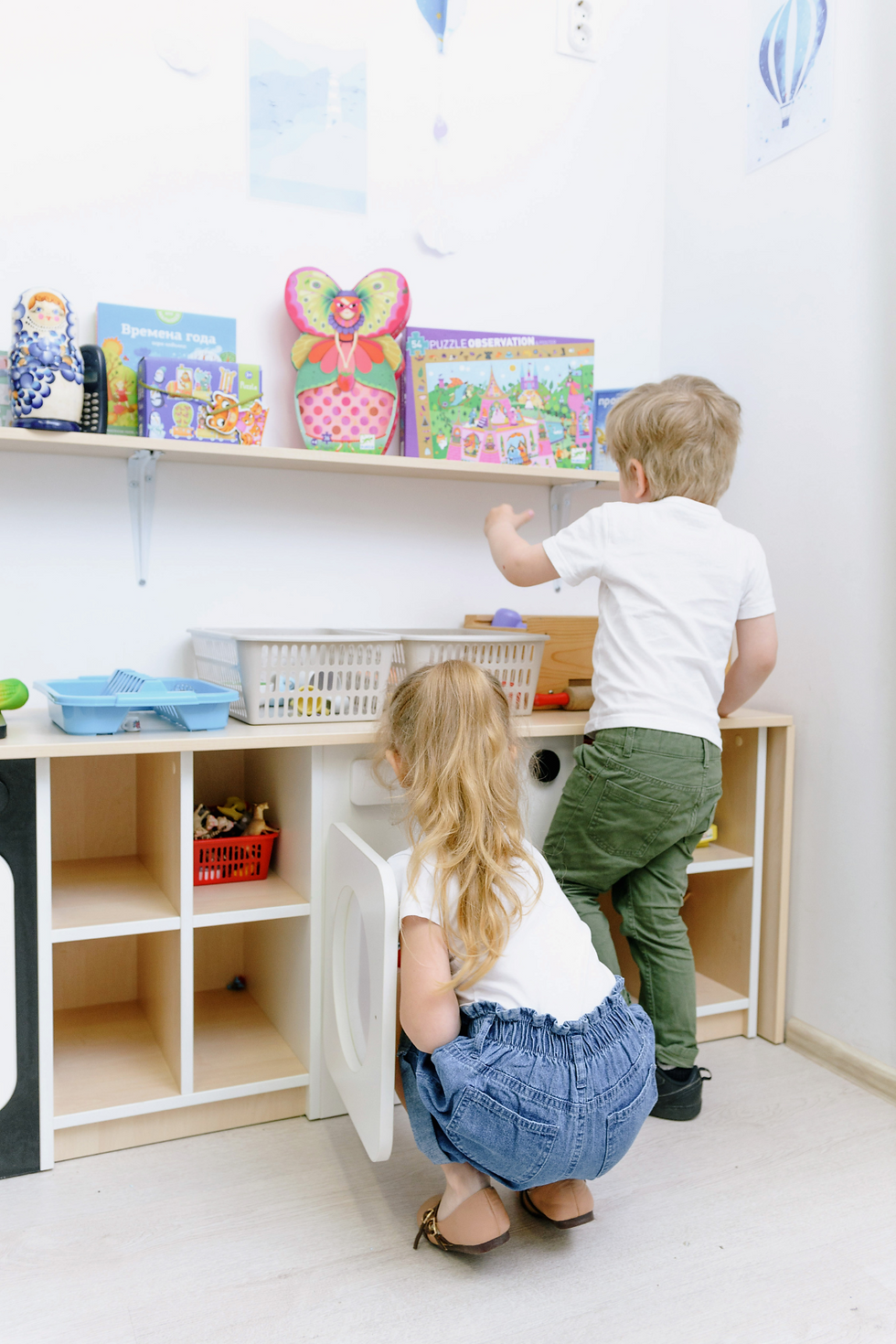
3. Incorporate Natural Materials
Wood, cotton, metal, stone, glass—these materials connect children to the real world. Avoid plastic when possible.
Ideas:
Wooden kitchen tools
Ceramic cups and plates
Baskets and wool cloths
Real plants and nature finds (rocks, shells, pinecones)
Why it matters: Children absorb their surroundings. Natural materials offer sensory richness, beauty, and authenticity.
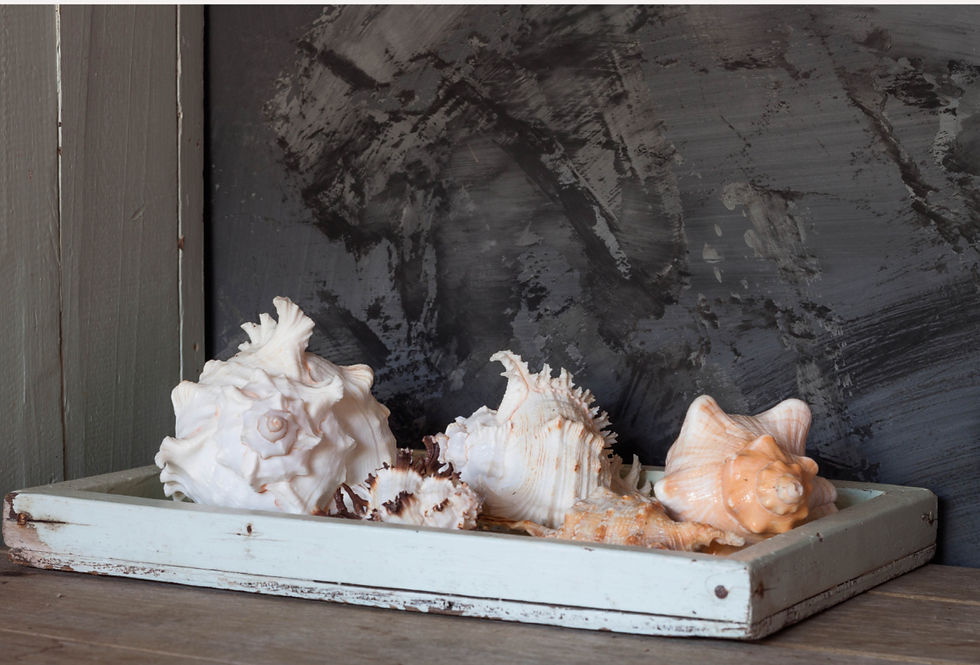
4. Design “Practical Life” Zones
Montessori isn’t just about academics. It honors the value of real-life tasks. Try creating spaces for:
Pouring water (child-size pitcher and glass)
Folding towels or socks
Watering plants
Washing windows with a small spray bottle and cloth
Why it matters: These tasks build independence, coordination, and responsibility.
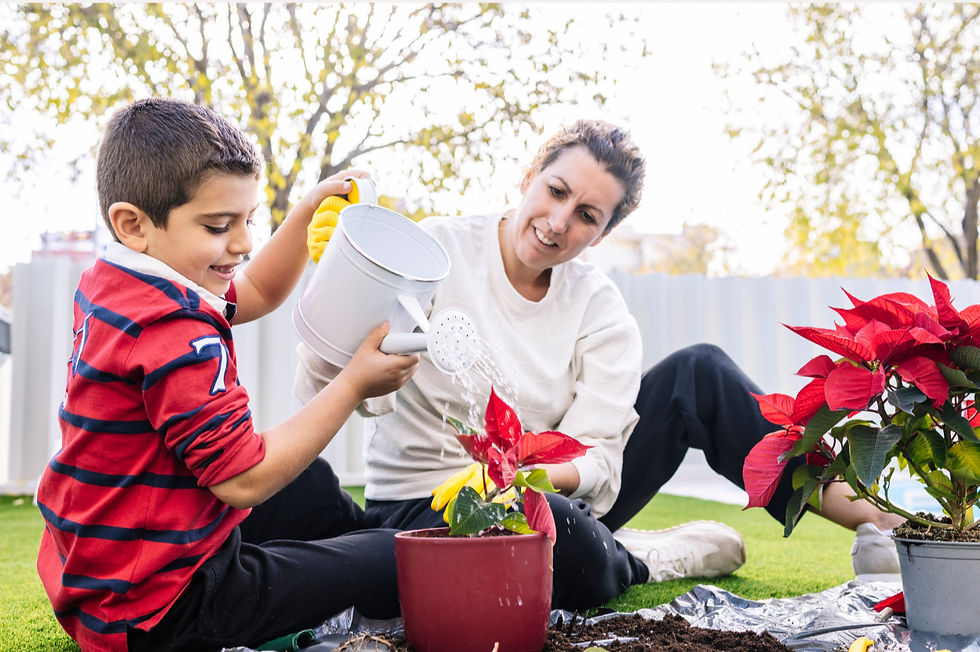
5. Keep Beauty and Purpose in Mind
Montessori believed that children thrive in orderly, beautiful environments. A vase of flowers, a small rug for sitting, soft lighting—these aren’t just extras. They signal respect.
Why it matters: When we make children’s environments peaceful and purposeful, they rise to meet them.
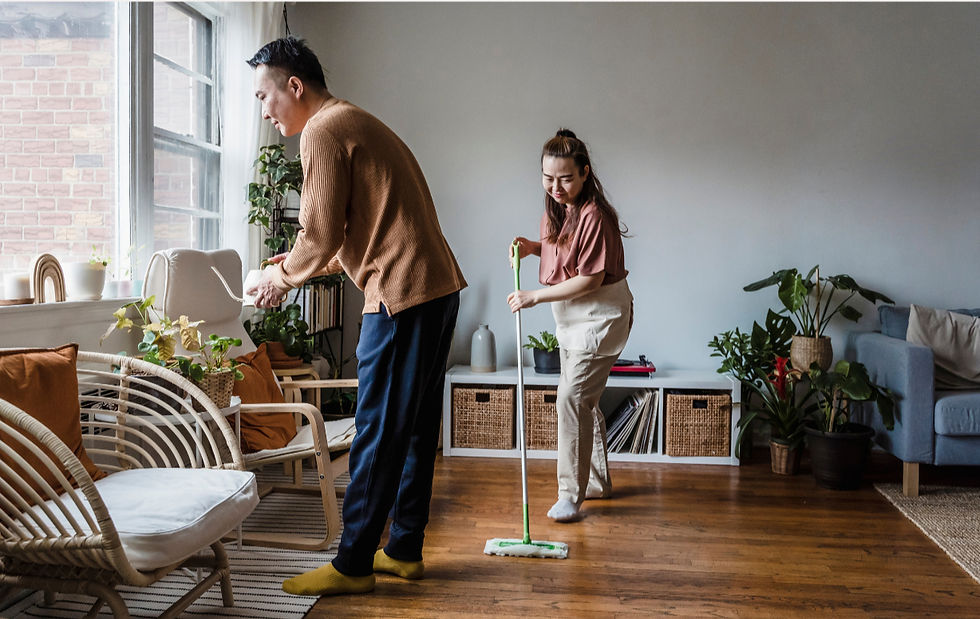
It’s More Than the Furniture
That day in my daughter’s classroom taught me that the environment isn't just a backdrop—it’s a teacher in its own right. Those trays, shelves, and materials were all whispering lessons: patience, care, respect, and independence.
At home, you don’t need to copy a classroom. You simply need to ask:
“Is this space set up for my child to explore and learn on their own?”
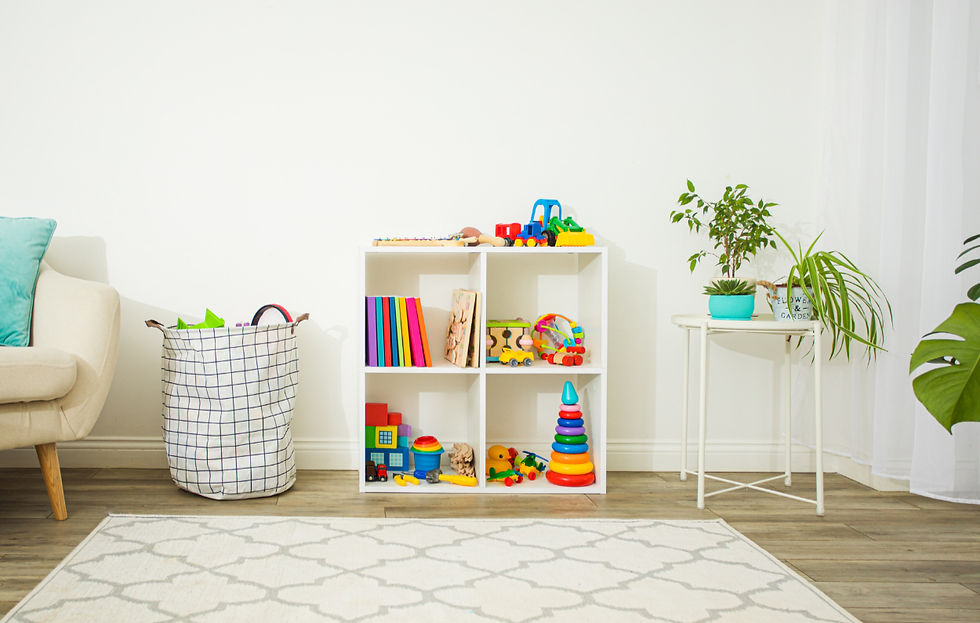
Resources to Explore Montessori at Home
The Montessori Notebook – Beautifully written guidance for parents
How We Montessori – Blog with home setup ideas by age
Montessori from the Start (Book) – Great for birth–age 3
American Montessori Society Parent Resources – Overview and FAQs
Final Thought
You don’t need a perfect space to bring Montessori values into your home. Start small. Choose one shelf. One tray. One child-led task. Watch how your child responds—and let them lead the way.

If you’ve tried setting up a Montessori corner or shelf at home, I’d love to hear how it went! Leave a comment below or tag us on Instagram @NaturesMaterials.



Comments